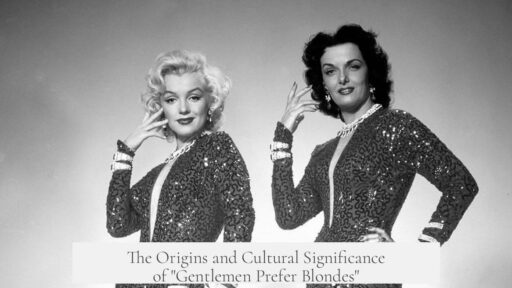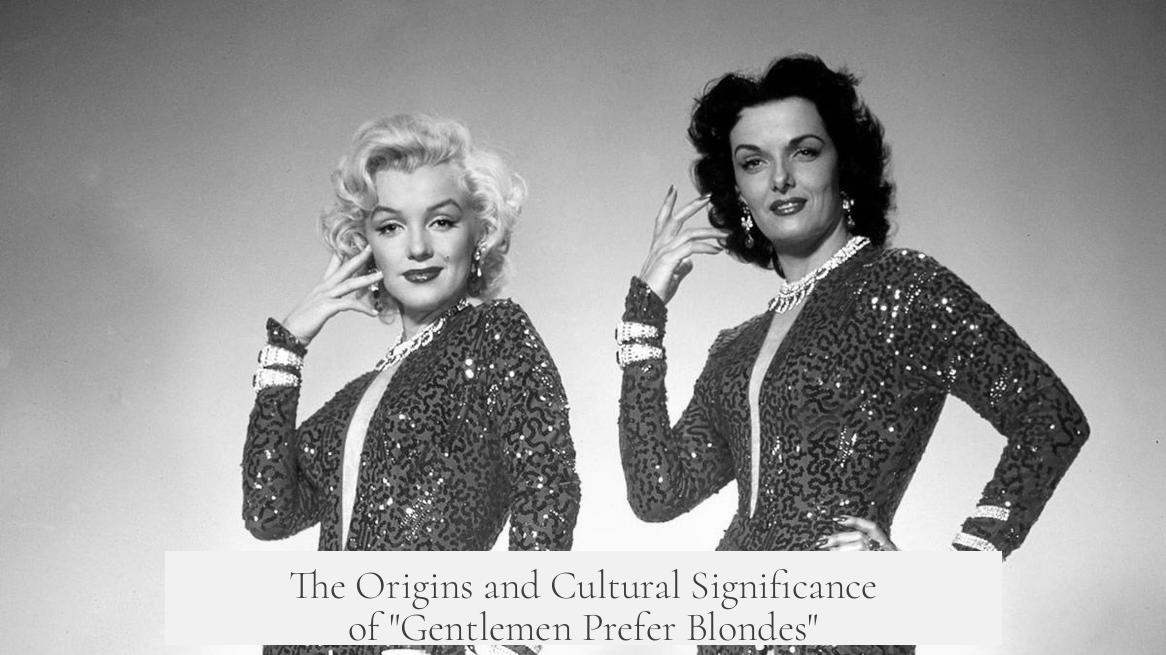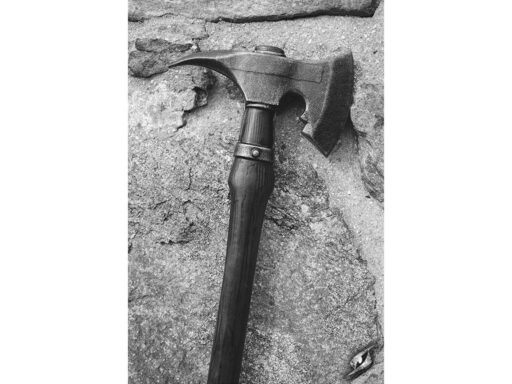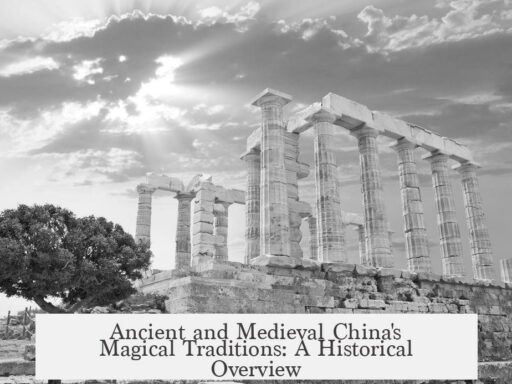The idea that “gentlemen prefer blondes” comes from Anita Loos’s 1925 novel Gentlemen Prefer Blondes. This phrase became popular through the novel’s huge success and several adaptations, including the famous 1953 film starring Marilyn Monroe and Jane Russell.
Loos, who was a brunette, drew inspiration from the male attention she observed toward blonde women. She was also influenced by the glamorous Ziegfeld Follies chorus girls. Through her character Lorelei Lee—a beautiful, airheaded blonde gold digger—Loos satirized the commercialism and social obsessions of the 1920s.
Before Loos’s phrase entered popular culture, blonde hair carried rich symbolism. In fairy tales, blondes often represent beauty and desirability. Characters like Cinderella and Sleeping Beauty are typically depicted as blonde heroines, capturing idealized notions of innocence and appeal. Corners of folklore frequently associate blondeness with something ethereal and worthy.
Beyond fairy tales, scholars like Richard Dyer link blondness with whiteness, purity, and perfection. In his book White, Dyer argues that blonde hair embodies a “white feminine attribute,” reinforcing social ideas tied to race and gender. However, this idealized blonde woman is often an artificial construct rather than a natural one.
Many iconic blonde stars of the early and mid-20th century were not naturally blonde. Marilyn Monroe and Brigitte Bardot, for instance, were natural brunettes who adopted platinum blonde hair to cultivate their public images. Jean Harlow was a natural blonde but bleached her hair to an extreme platinum shade, which later damaged it. This artificial enhancement highlights the unattainable quality of the blonde ideal in popular culture.
In the early days of film, blonde actresses did not always signify sexual allure. Instead, they often represented purity and innocence. Mary Pickford, known as “the girl with the golden curls,” and Lillian Gish played ingénue roles, embodying youth and virtue. The sexual blonde archetype emerged more strongly with Jean Harlow, the first major blonde sex symbol of Hollywood’s 1930s era.
Jean Harlow’s platinum blonde hair became her defining feature and a symbol of sexual power. Her persona influenced later stars, most notably Marilyn Monroe. Monroe crafted her image by emulating Harlow, turning blonde hair into a signifier of both sexuality and naïveté.
Monroe’s public persona strongly reinforced multiple blonde stereotypes, including the “dumb blonde” and “sexual blonde” tropes. These images contributed to her enduring fame and cultural impact. The mid-20th century context is crucial here. As Hollywood’s overwhelming whiteness faced increasing scrutiny during the civil rights movement, Monroe’s appearance came to symbolize an idealized American woman—white, beautiful, and desirable.
Her image became entangled with notions of race, gender, and social politics. Monroe’s blondness was not just a hair color but a carefully constructed signifier of “Americanness” and feminine perfection amid societal change. This connection helped ingrain the stereotype that “gentlemen prefer blondes” into popular imagination and culture.
| Aspect | Details |
|---|---|
| Origin | Anita Loos’s 1925 novel Gentlemen Prefer Blondes |
| Inspiration | Male attention to blondes; Ziegfeld Follies chorus girls |
| Blonde Symbolism | Fairy tales (Cinderella); linked to beauty, purity, whiteness |
| Artificiality | Many iconic blondes were naturally brunettes or artificially bleached |
| Early Blonde Portrayals | Innocence and purity before sexual blonde stereotype |
| Key Figures | Jean Harlow (platinum blonde sex symbol), Marilyn Monroe (reinforced stereotypes) |
| Cultural Impact | Blonde ideal linked with whiteness, femininity, and 1950s American identity |
- “Gentlemen prefer blondes” began as a novel title by Anita Loos in 1925.
- The phrase reflects male fascination with blonde women, inspired by 1920s culture.
- Blondes have long symbolized beauty, purity, and desirability in Western culture.
- Hollywood popularized blonde sex symbols like Jean Harlow and Marilyn Monroe.
- Monroe’s image solidified blonde stereotypes linked to femininity and whiteness.
Where Did the Idea That “Gentlemen Prefer Blondes” Come From?
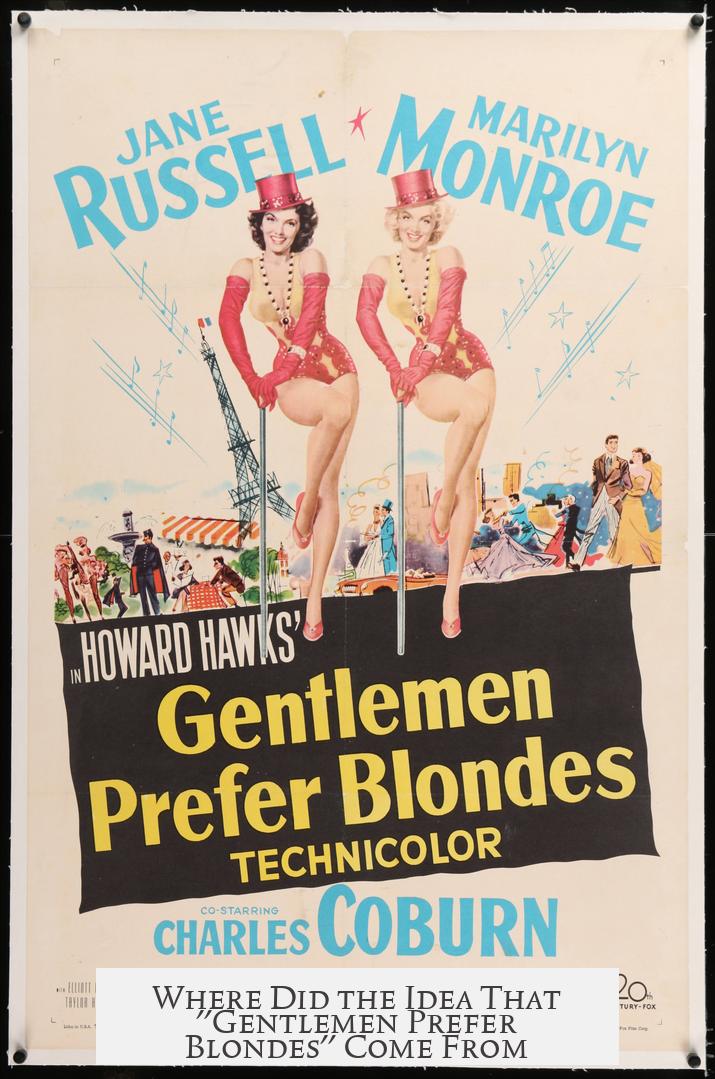
The phrase “gentlemen prefer blondes” originates from Anita Loos’s 1925 novel, Gentlemen Prefer Blondes. But let’s not stop there—the real story behind this iconic line is much richer, full of cultural twists and unexpected influences.
How exactly did this phrase become a mainstay of pop culture? And why blondes? The phrase didn’t just pop out of nowhere. Anita Loos, a brunette herself, observed something interesting about the social scene of her day. Men seemed to be drawn to blondes more than brunettes. She found inspiration watching the famous Ziegfeld Follies chorus girls—the sparkling blondes who captivated audiences. This sparked the creation of Lorelei Lee, Loos’s lead character, a charming and airheaded blonde gold digger who stylishly satirized the 1920s obsession with wealth, fame, and media sensationalism.
So, in a nutshell: The phrase reflects cultural observations and satire from the Roaring Twenties, not just shallow hair preference.
Historical Roots: Why Blondes?
Before the 1920s and Anita Loos, being blonde already carried special meaning. Fairy tales from centuries ago often portrayed heroines like Cinderella and Sleeping Beauty as blonde. Blonde hair came to symbolize beauty, desirability, and even something magical or elevated. But it’s interesting to note that Snow White, the ultimate fairy tale femme fatale asset, broke this mold with her dark hair—showing the symbol isn’t absolute.
Richard Dyer’s research deepens this. In his book, White, he explains that blondeness ties closely to whiteness, symbolizing purity and perfection. Blonde hair is not just a feminine trait; it’s an emblem of white femininity. This layered symbolism adds weight to the idea that “gentlemen prefer blondes,” linking hair color to deeper social meanings.
But here’s a twist: many iconic blondes of the 20th century were not naturally blonde. Jean Harlow, a natural blonde, famously dyed her hair an extreme platinum, which damaged it. Marilyn Monroe, a natural brunette, bleached hers blonde to fit the ideal. This artificiality makes the blonde ideal even more unattainable—and more fascinating.
Blondes on the Silver Screen
The early 20th century didn’t immediately view blondes as sex symbols. Mary Pickford and Lillian Gish, famous blondes of their time, portrayed innocence and purity. Pickford was famously known as “the girl with the golden curls.” They were ingénues, not bombshells.
Enter Jean Harlow, the platinum blonde legend of the 1930s. Her image turned the blonde archetype on its head, merging glamour with sex appeal. Her permanent platinum shade became a signature, making her an icon.
Marilyn Monroe followed in Harlow’s footsteps and amplified this stereotype. She wasn’t just any blonde; she embodied the “dumb blonde” trope, blending sexual appeal with a playful air of naïveté. Monroe’s blonde persona became inseparable from ideas of white femininity and idealized American womanhood. Her stage name, given in tribute to another Marilyn (Marilyn Miller), helped cement this identity.
The 1950s were a turbulent time in America. Civil rights movements challenged the status quo. Conservative backlash clung to idealized images like Marilyn Monroe’s as symbols of “true” Americanness—white, sexy, and idealized. This social backdrop made the phrase “gentlemen prefer blondes” more than a catchphrase; it became part of America’s cultural fabric and racial identity debates.
The Cultural Impact and Why It Still Matters
So what does it all mean today? The phrase, born from satire and observation nearly a century ago, echoes stereotypes of beauty and social status. It shows how cultural symbols evolve and how something as simple as hair color carries serious social baggage.
Do you think “gentlemen prefer blondes” is just a harmless joke or a reflection of deeper social constructs? Why do societies keep circling back to such symbols? Think about how artificial blonde icons like Monroe shaped expectations—can natural beauty ever fit into such rigid frames?
This phrase also invites us to question media portrayals and stereotypes. Are preferences truly innate, or are they shaped by cultural narratives repeating over and over? Keep that in mind next time you hear “gentlemen prefer blondes”—it’s way more than just surface-level hair color.
Practical Tips to Decode Cultural Messages
- Next time you hear a familiar saying, dig into its origin. Who created it, and why?
- Observe how media shapes ideas of beauty and desirability. Are real people represented or ideals?
- Question stereotypes and their social implications, especially those linked to race or gender.
Understanding the phrase’s history helps us see how language and culture intertwine. Anita Loos’s witty creation became a cultural lens revealing 20th-century American social dynamics, race, gender norms, and even media influence.
In conclusion, the idea that “gentlemen prefer blondes” is not just a catchy line but a window into societal views about beauty, race, and gender from the 1920s onward. And, spoiler alert, it all started with a perceptive brunette who knew exactly how to stir the pot.
